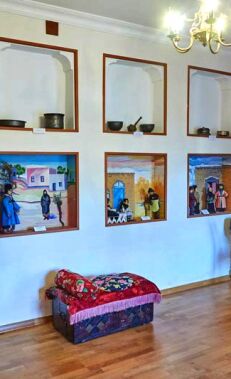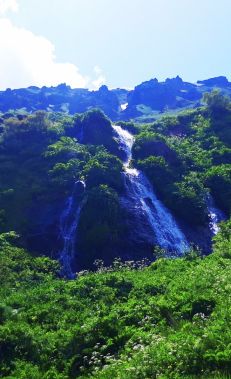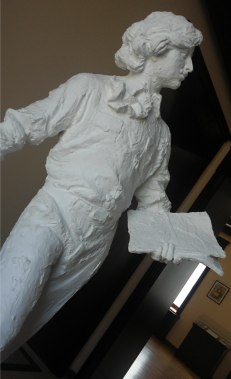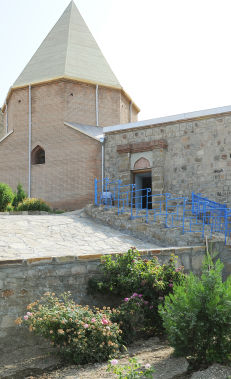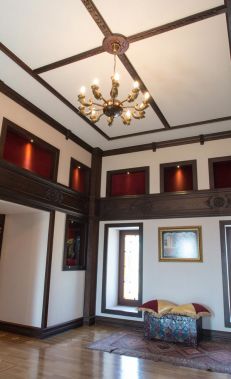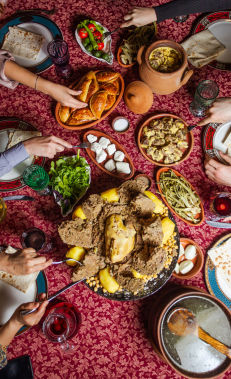interesting sitesin Sharur District
If you are planning a trip to Nakhchivan, special attention should be given to Sharur District, located in the south-west of the autonomous republic. This journey is particularly fascinating for history enthusiasts, with numerous architectural structures to be found, including from the prehistoric period and the Middle Ages.
The history of the district dates to primitive times, with archaeological research proving that the first settlements in the area were already here in the Stone Age. Thanks to excavations conducted in Ovchulartapa, Giz Galasi and Oghlangala, it is possible to trace aspects of the lives of ancient tribes that inhabited this region. For example, the ancient Ovchulartapa Habitation Site, located in the village of Diza on the left bank of River Arpachay, dates to the Eneolithic and early Bronze Age. During archaeological work, various structures, ceramic products, bronze and bone tools, as well as clay vessels with images of goats, were found. The latter shows that the art of painting in Nakhchivan originated over 8,000 years ago. Another ancient cultural centre in Nakhchivan is the settlement of Giz Galasi, north of Diza Village. Based on the analysis of human skeletons found in the necropolis here, scientists date the settlement to the Middle Bronze Age. At Oghlangala Habitation Site, located in the village of the same name, remains of Naringala fortress and many ceramic products have been found, which archaeologists attribute to an Iron Age culture. However, in 1983 on the territory of Gazma Cave, Sharur District revealed evidence of an even more ancient site. As a result of subsequent scientific expeditions, various tools and bones of large animals from the Palaeolithic Era were discovered.
We also advise a trip to the 19th-century Jalilkend Ice House. Here, you can see where and how the local population stored their food in the Middle Ages. Additionally, in Sharur District’s village of Khanliglar, there is the ancient sanctuary of Parchi Imamzadeh, which was built approximately in the 16th–17th centuries. It is known that this territory was previously part of the village of Parchi, from where the name was borrowed. According to the villagers, Ibrahim Ibn Musa, one of the sons of the seventh Shiite Imam Musa al-Kazim, is buried here. The local population and visitors from other regions still make pilgrimages here to worship the holy relics.
We invite you to embark on an exciting journey around Sharur District, discovering the wealth of its history and culture as you explore. With archaeological finds dating deep into antiquity and medieval architectural monuments, this area is a magnet for history fans from around the world.










